Search
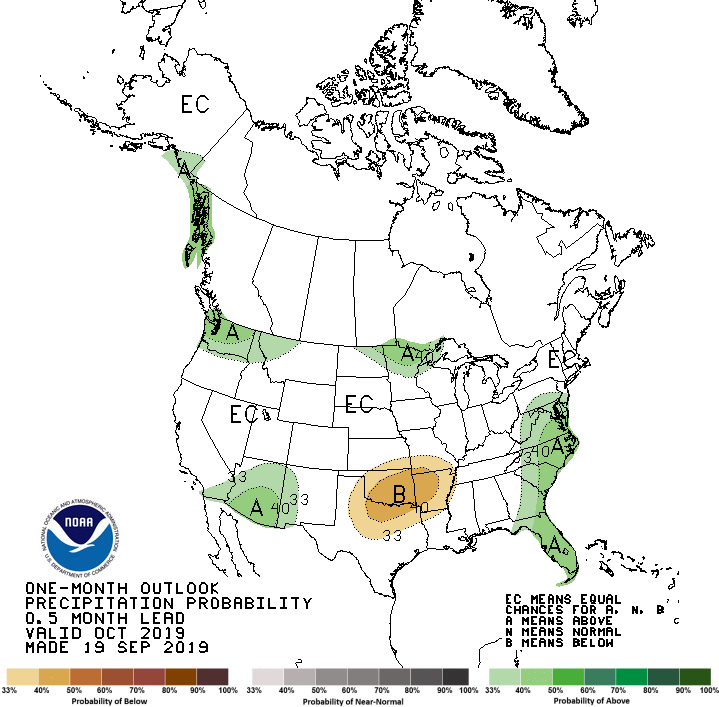
Fall Frost and September Climate Outlook for 2019
September 2019 has been pleasantly warmer than usual, and our crops need every bit of that warmth to reach maturity before our first frost arrives. Fortunately, temperatures have cooled slightly this week but just to near average for this time of year.
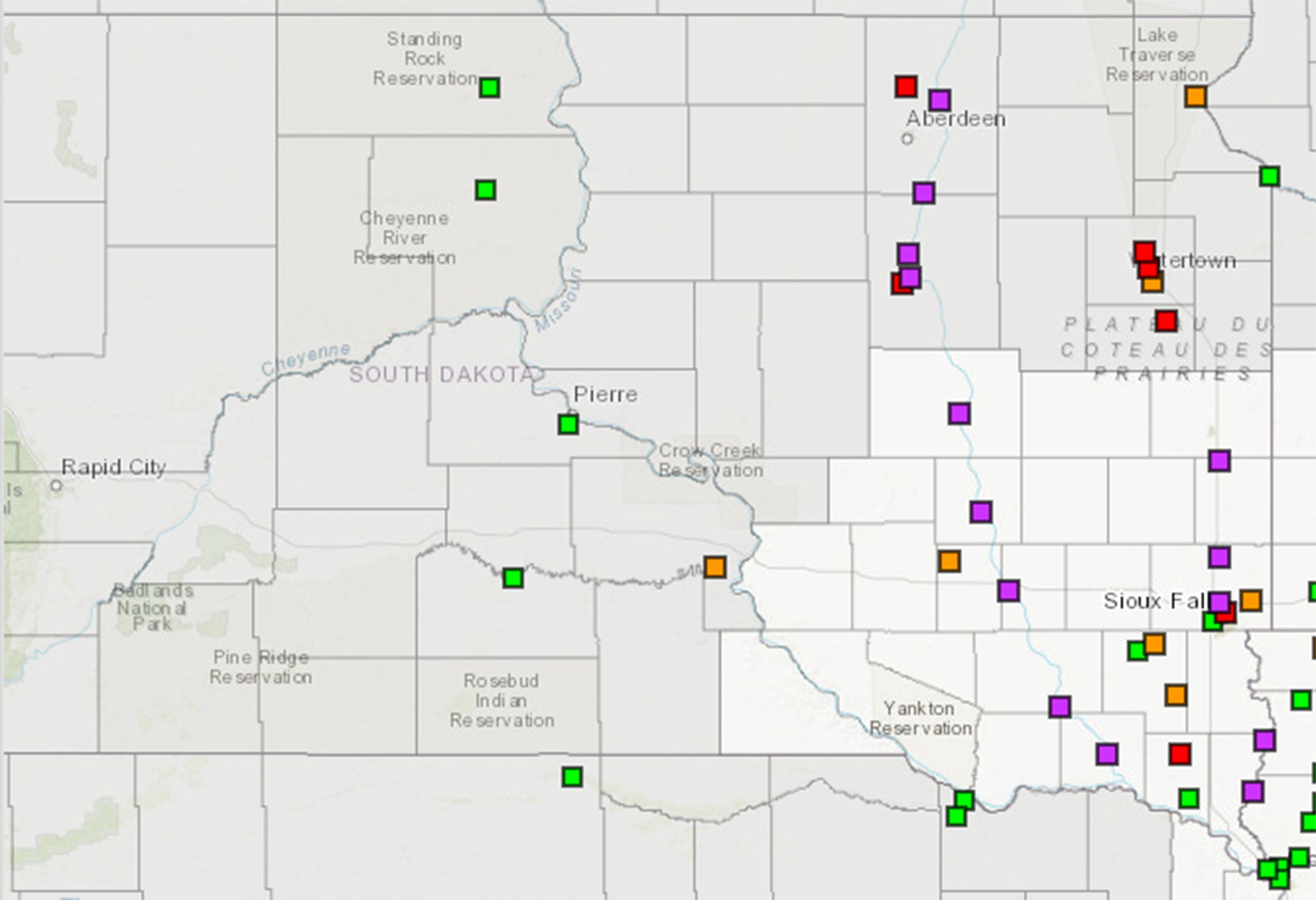
Get to Know Your Local Emergency Management Director
The warmer weather and spring migration this March have us all thinking of better days ahead. Unfortunately, it also has us thinking about flooding again this spring.

Pre-Plant Disease Management Considerations
If the forecast holds true, it looks like it is going to be another year of excessive soil moisture and possible flooding come this spring. The increased level of soil moisture has implications with regards to plant stand establishment as well as root rot and nematode infestations.
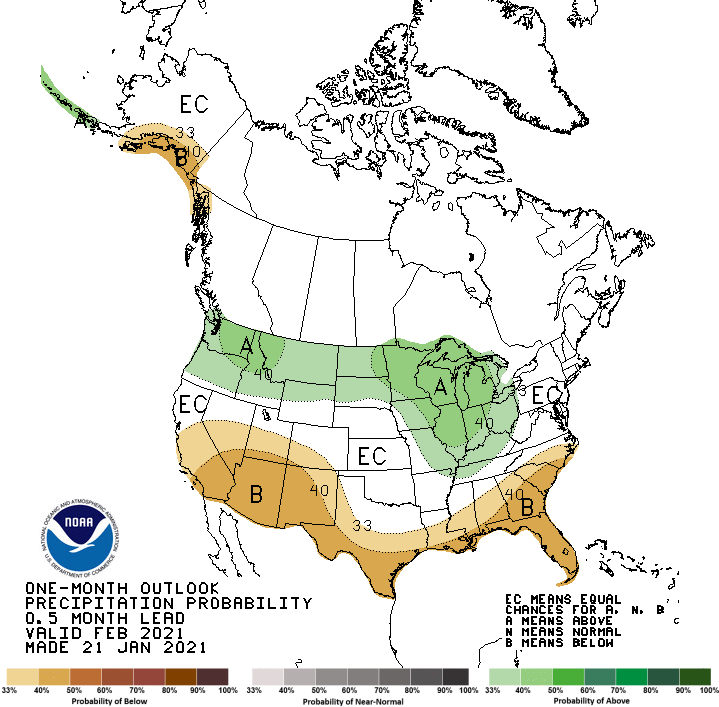
Drought Conditions Continue to Deteriorate Across South Dakota
April 06, 2021
South Dakotans’ apprehension of an impending drought has been growing.
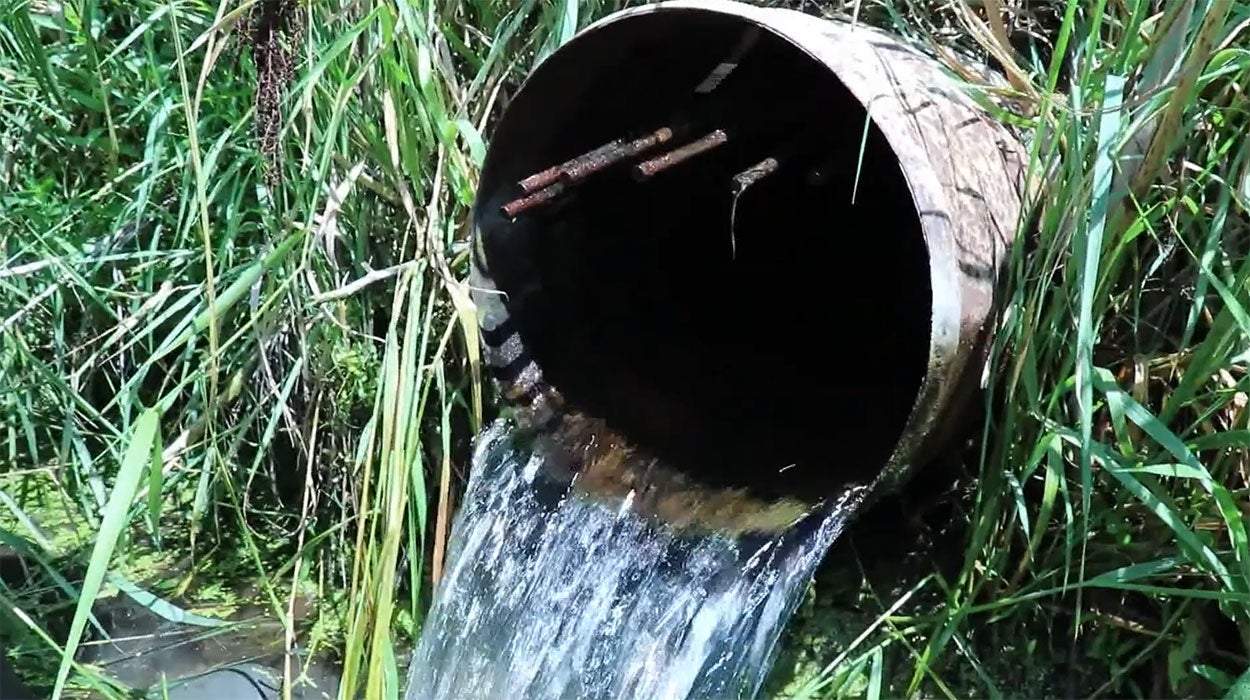
Nutrient Loss Calculator
Trying to figure out the nutrient loss in your tile drainage system? The Nutrient Loss Calculator can help. This useful tool helps landowners collect a snapshot of nutrient loss in their drainage systems.
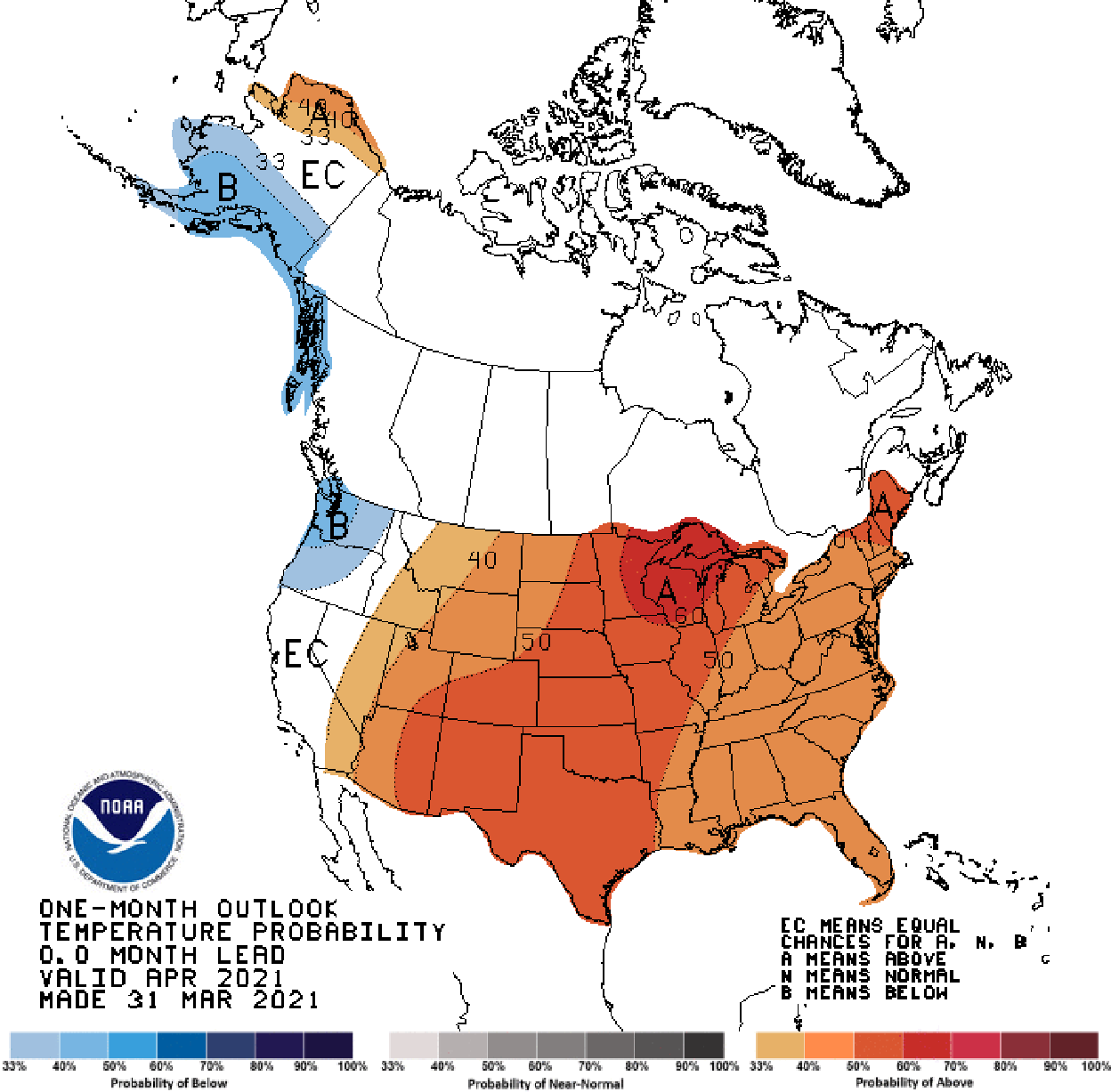
April 2021 Climate Update
As we look at March in the rear-view mirror, we look ahead to April and the potential for rain to return to South Dakota to reduce drought concerns across the state.
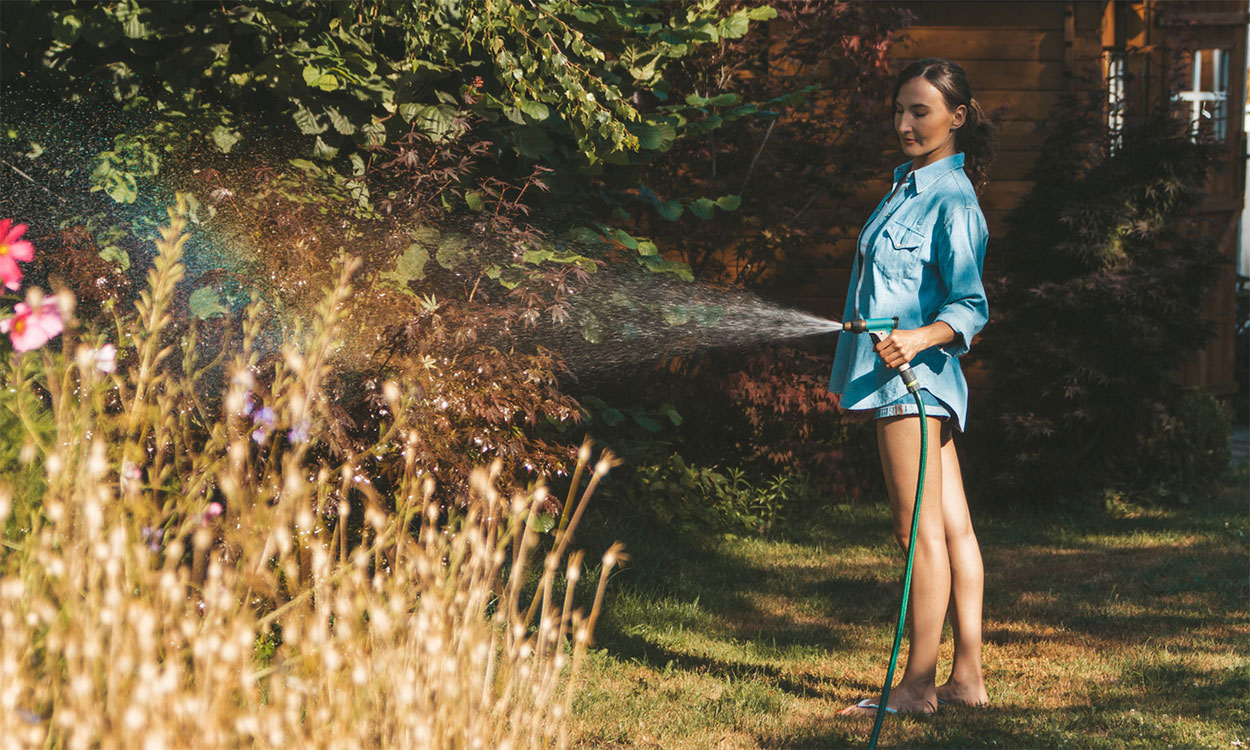
Gardening Tips During a Drought
Drought conditions present challenges for gardeners, but it's still possible to grow things by modifying gardening techniques to keep established plants growing and provide a good environment for new plants.
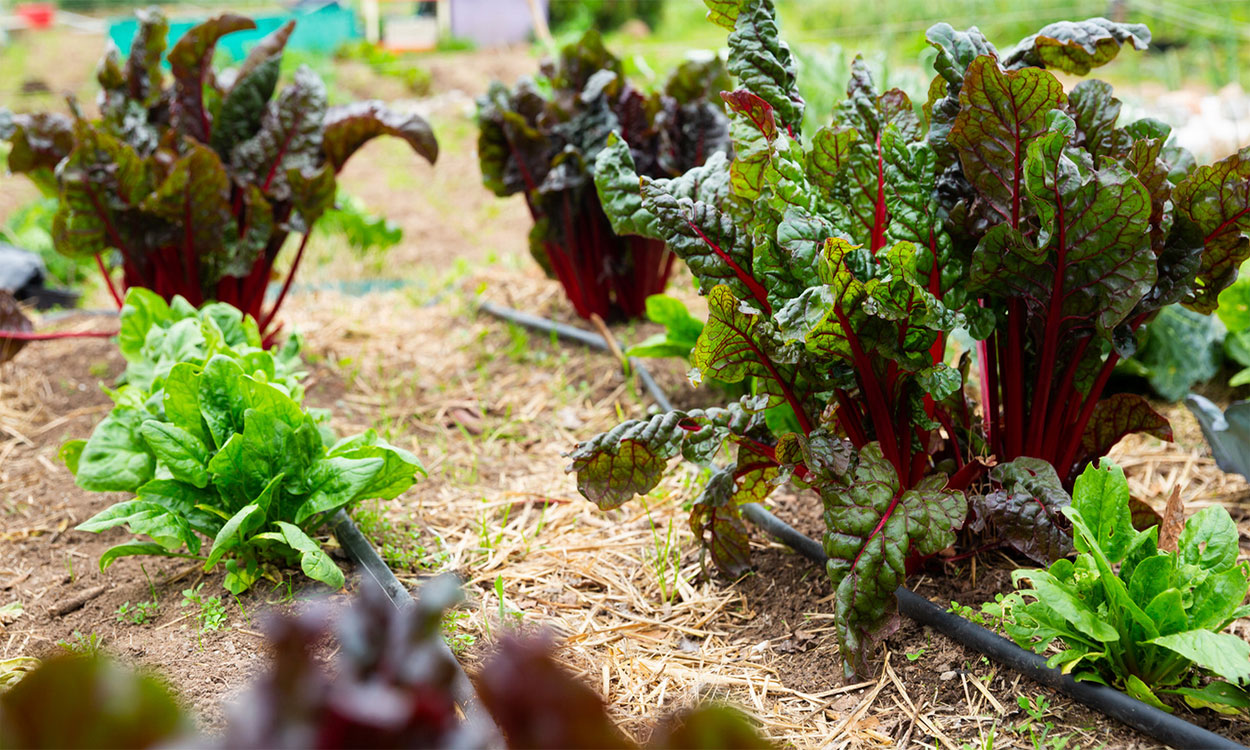
Vegetable Gardening During a Drought
In a drought, getting water to plants is a priority. The following management tips will help you efficiently use water and maximize other gardening practices to achieve a healthy and productive garden.
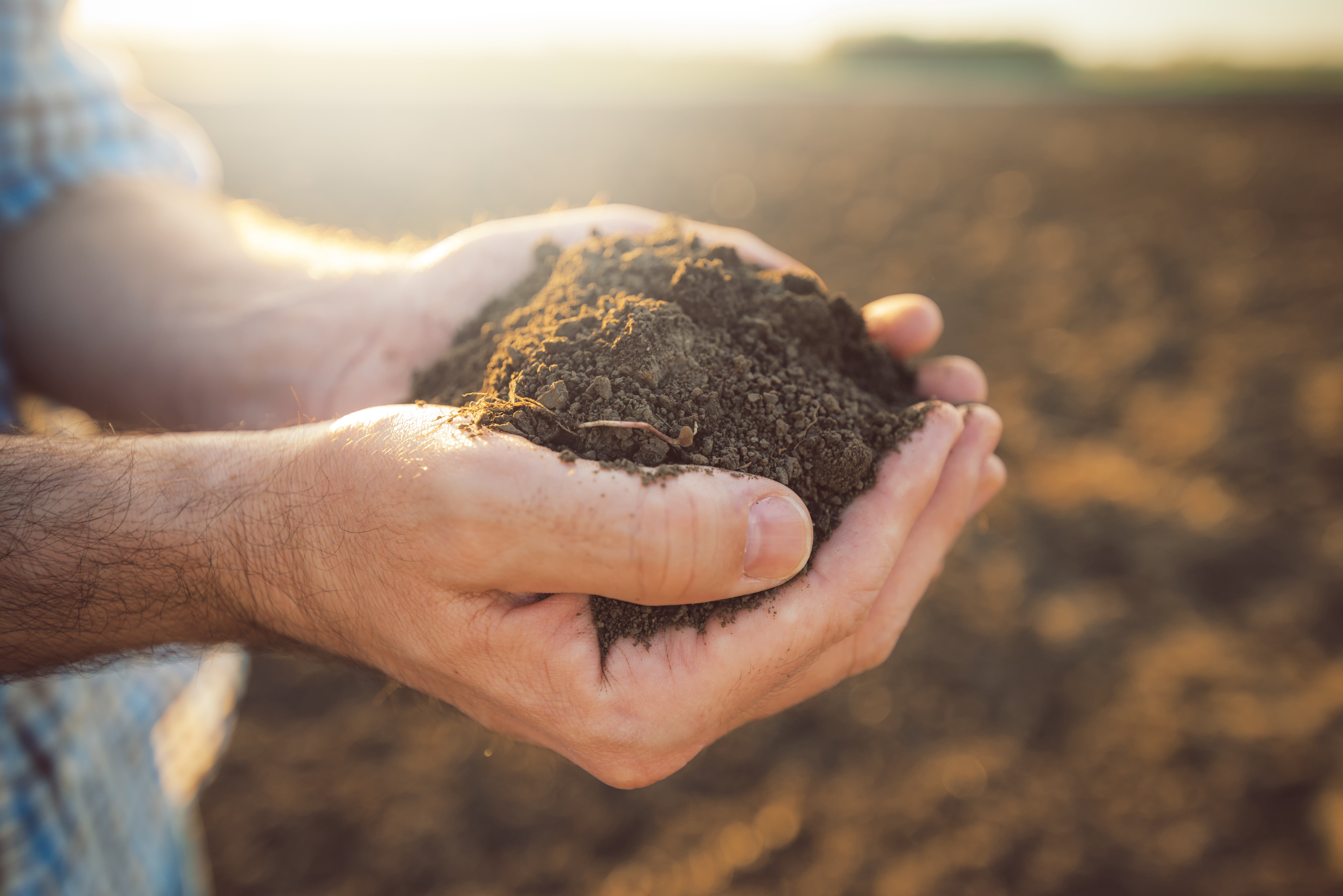
X-Ray Scanning Confirms Soil Health Benefits from Conservation Practices
Summary report of X-ray scanning confirms soil health benefits from conservation practices.
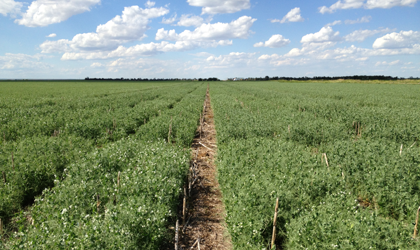
Production and Utilization of Field Peas in South Dakota
Guide to field pea production and utilization in South Dakota